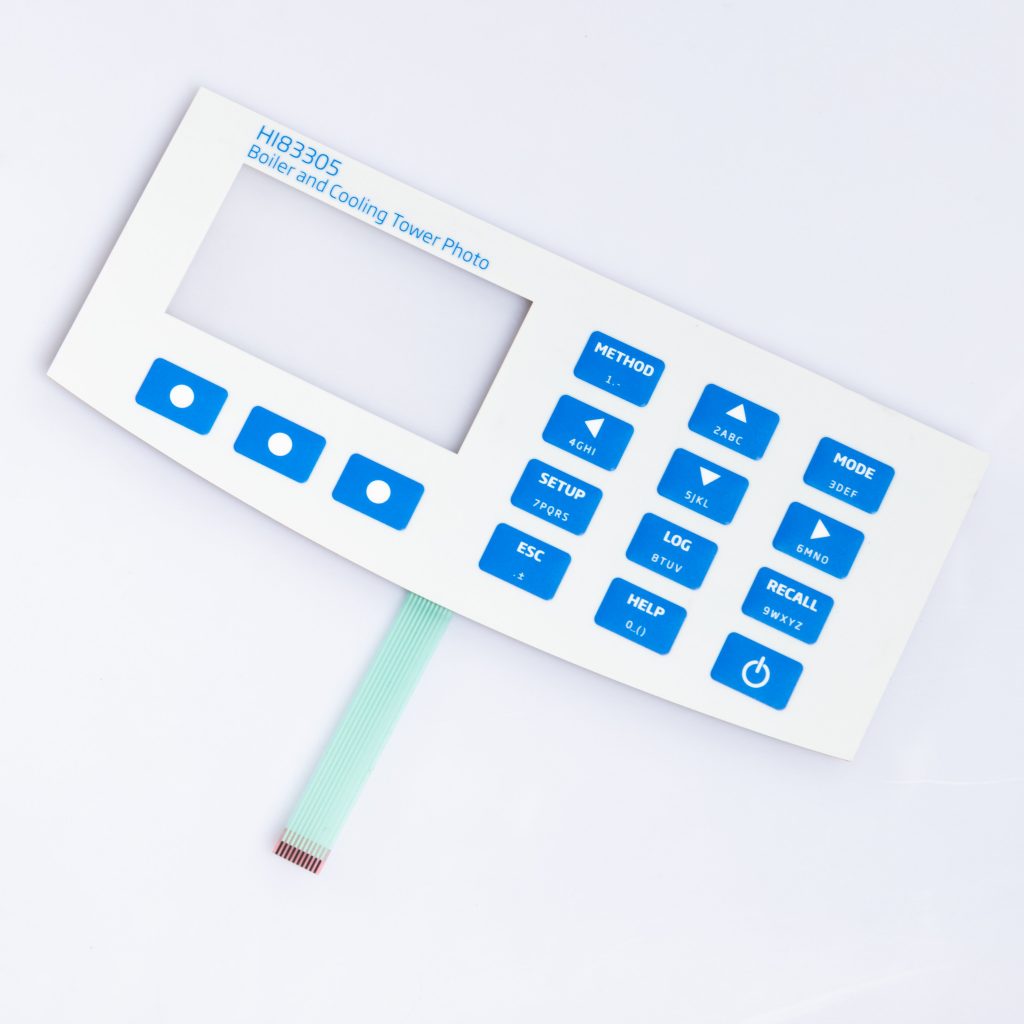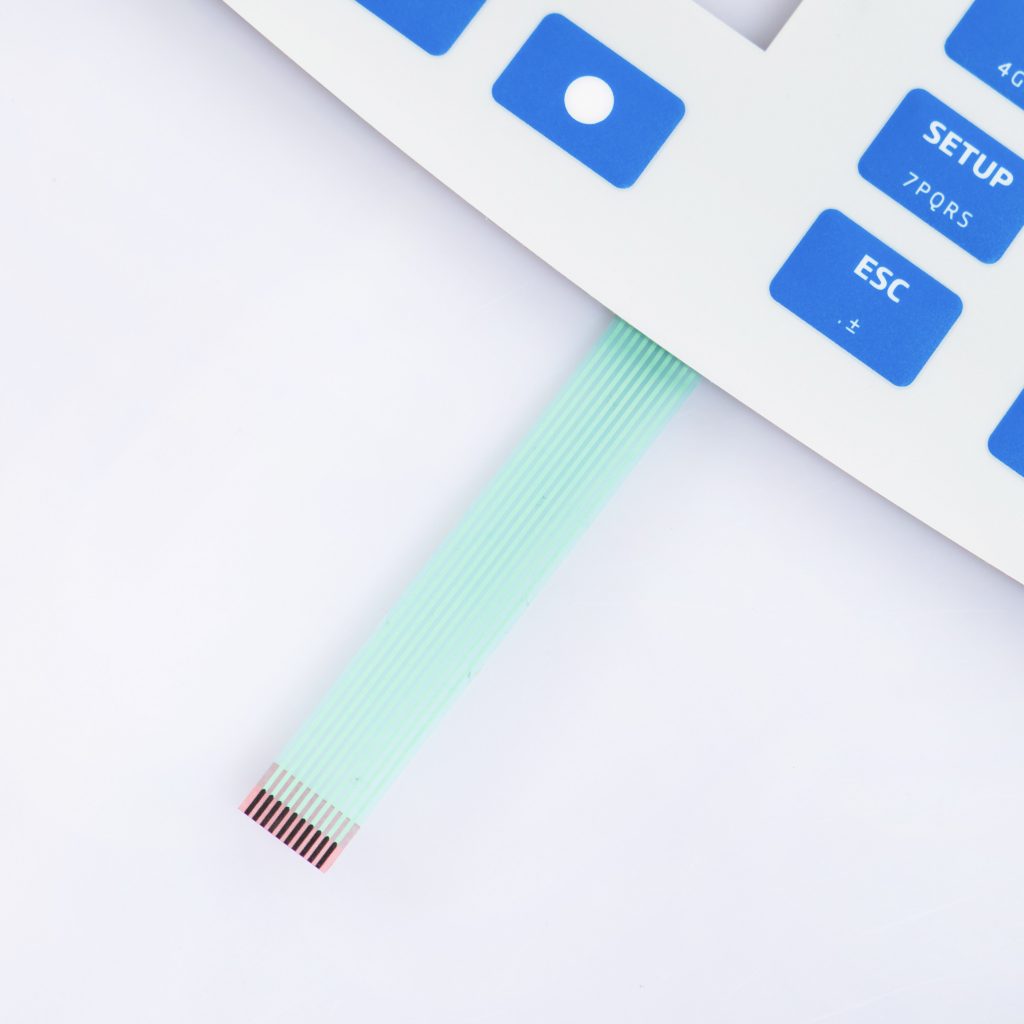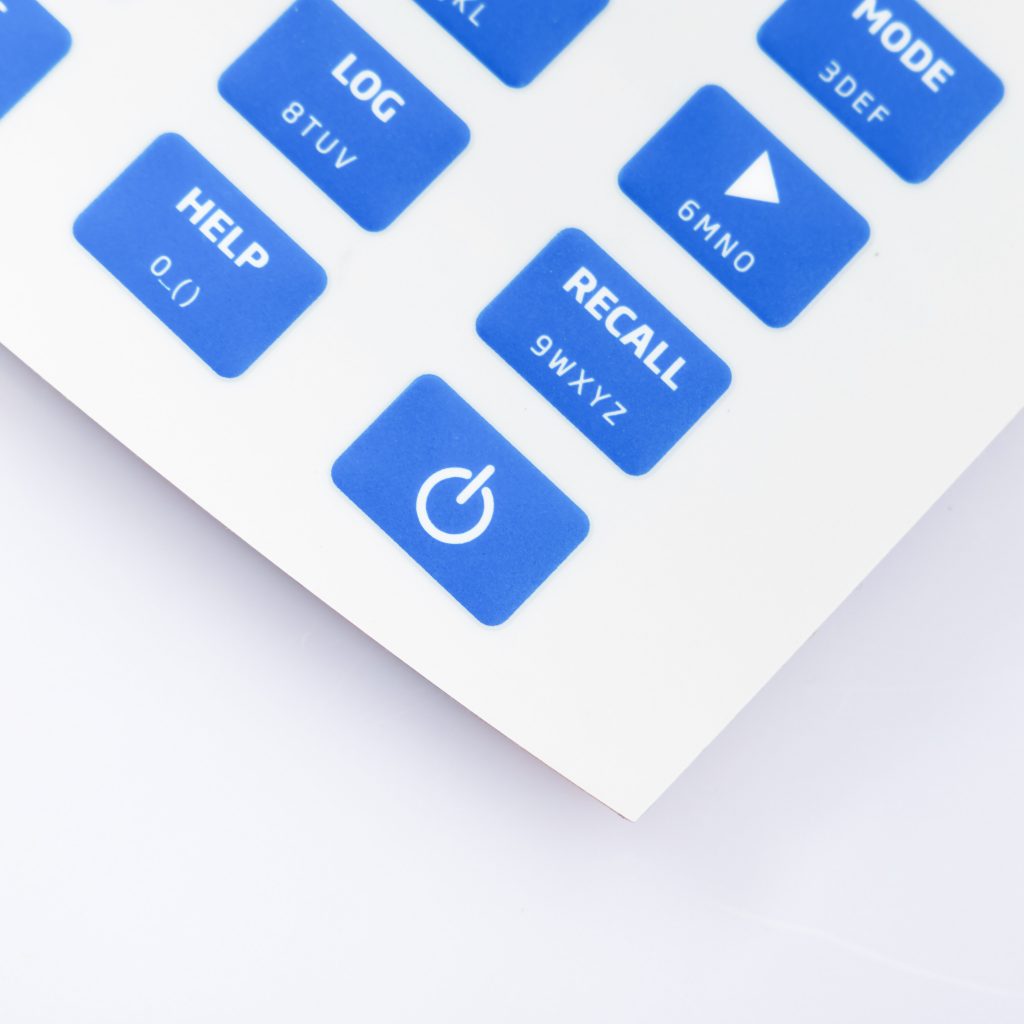Contact
Write to Us And We Would Be Happy to Advise You.
Do you have any questions, or would you like to speak directly with a representative?
By hqt
Every coffee lover knows the importance of that perfect cup, and a key factor behind achieving this lies in the controls of the coffee maker. Capacitive membrane switches play an instrumental role in modern coffee makers. But what are they?



Capacitive switches are essentially touch-sensitive buttons. Instead of the typical mechanical buttons, these switches use the human body’s natural conductivity to detect touch, leading to a seamless, button-free design.
For coffee makers, capacitive switches offer a clean look, free from the protruding buttons or knobs. This not only enhances the aesthetics but also ensures that cleaning is hassle-free. After all, who wants coffee residue stuck around buttons?
When designing these switches, material choice can drastically affect the final look and feel.
Most capacitive switches use materials like PET (Polyethylene Terephthalate) or ITO (Indium Tin Oxide). They’re chosen for their conductive properties and durability.
But why do we care so much about the look of a simple switch?
A coffee maker’s design can say a lot about a brand. Sleek, modern designs might appeal to a younger demographic, while classic, robust designs could cater to traditional coffee enthusiasts.
Beyond branding, the tactile feel and look of the controls can make or break a user’s experience. Imagine if Apple’s iPhone had a rough, plasticky feel. It wouldn’t have the same premium aura, right?
While traditional materials have their place, there’s always room for innovation.
Materials like silver nanowire or conductive polymers offer a transparent yet effective alternative. This allows for futuristic designs with glowing touchpoints or even completely transparent control panels.
Some materials can also be combined with haptic feedback mechanisms, ensuring users get a tactile response even in the absence of physical buttons.
It’s not just about the base material but also about the finishing touches.
Options like matte, glossy, or even brushed metal finishes can drastically alter the switch’s appearance, giving designers a plethora of choices.
With transparent or semi-transparent materials, backlighting becomes an exciting possibility. Imagine a coffee maker with controls that glow warmly in the early morning light!
A capacitive membrane switch for coffee makers is more than just a functional component. It’s a blend of aesthetics, branding, and user experience. As material science progresses, we can only expect even more beautiful, tactile, and user-friendly controls for our beloved coffee machines.
Yes, with the right materials and design, they can be very long-lasting and resistant to wear and tear.
Do you have any questions, or would you like to speak directly with a representative?